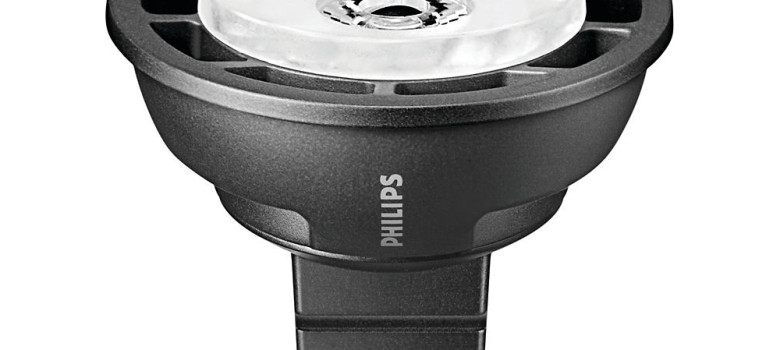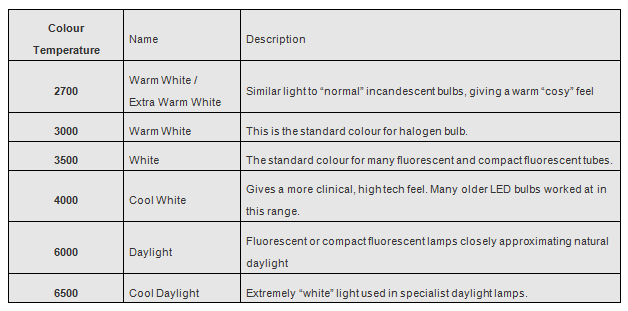
The local DIY store has plenty of different shades of white paint, and just as you can paint your walls different types of white, so you can have different types of colour in light bulbs.
Colour Temperature
Different types of light bulbs emit their light in different ‘colours’, so that those over 5,000K are called cool colours (bluish white), while those around 2,700K are considered warm colours (yellowish white).
What About LED’s?
So there is a wide variety of colours, with different bulbs emitting different ranges of colours. Some people prefer the warmer colours, others the cooler ones, and of course different rooms and areas of the home might be better suited to certain colours. You can get many of these colours in LED bulbs now.
What are Lumens?
You often see lumens quoted on various light bulbs. A lumen is simply a measure of how much light is being emitted that can be detected by the human eye. This is used because power (i.e. Wattage) can refer to invisible ranges of the spectrum of light, as well as the visible. So if your light bulb is giving off infra red, you won’t be able to see it, even though a form of light is being emitted.
How many Lumens do I need?
So the important thing to remember is that Wattage and Lumens are very different. Even between the same style of LED bulbs there can be differences in the ratio of Watts to Lumens – this is simply because one bulb is more efficient at turning that power into visible light, with less power being used to create invisible parts of the spectrum. Also remember that LED bulbs last much longer, and dim more slowly over their lifetime compared to older bulb types, so bear this in mind when buying!
To give you an idea of how lumens compare between older light bulbs and LED, we have made a comparison table for you below:
| Wattage (Halogen / Incandescent) | Approximate LED Lumens | Approximate Wattage for LED’s |
| 40 W | 200-300 | 3-4 |
| 60 W | 450-500 | 5-6 |
| 100 W | 800 | 10-12 |













No Comments yet! Be the first one.